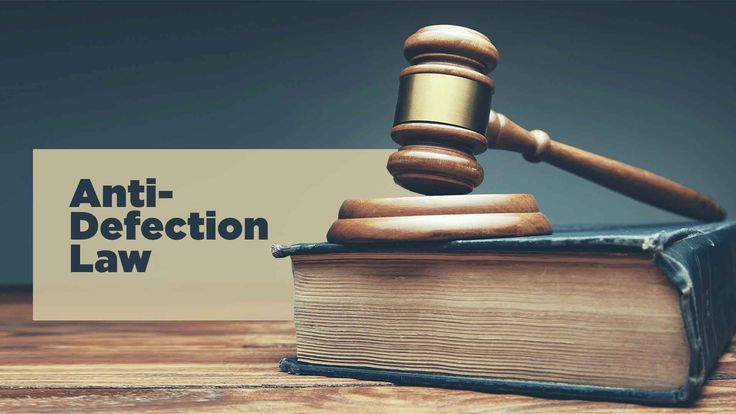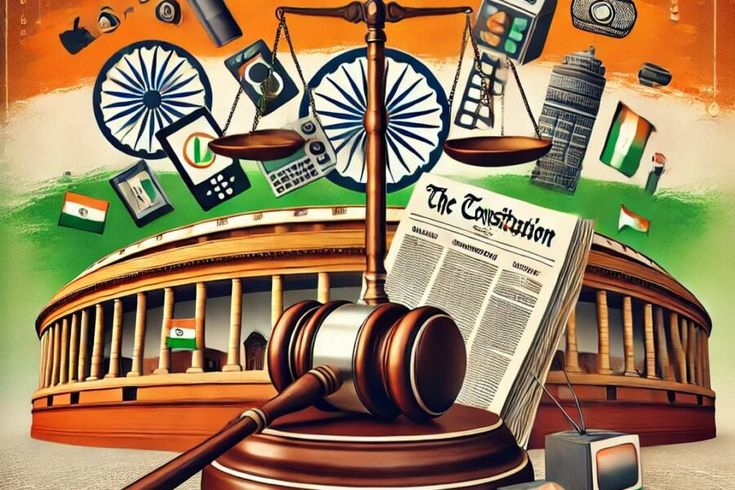Constitutional Foundation and Significance
The Supreme Court of India serves as the apex judicial authority in the country, established under Article 124 of the Constitution. Its primary purpose is to uphold the Constitution, protect fundamental rights, ensure rule of law, and maintain the separation of powers. The Court functions not only as a guardian of the Constitution but also as the final interpreter of law, ensuring legal uniformity across the nation.
The appointment of judges, the powers they wield, and the jurisdictions they exercise are governed by various constitutional provisions, judicial conventions, and legislative frameworks. The Supreme Court’s structure and functioning are designed to maintain judicial independence, safeguard the basic structure of the Constitution, and ensure that justice is delivered impartially. Understanding these aspects is crucial for comprehending the role of the Supreme Court in India’s constitutional democracy.
Appointment of Supreme Court Judges
The appointment of Supreme Court judges is governed primarily by Articles 124(2) and 124(4) of the Constitution. Judges are appointed by the President of India, but this is done after consultation with the Chief Justice of India (CJI) and other senior judges of the Supreme Court and High Courts.
Originally, the President enjoyed broad discretion in appointments, but the Supreme Court, through landmark cases such as S.P. Gupta v. Union of India (1981) and Supreme Court Advocates-on-Record Association v. Union of India (2015), emphasized the Collegium System, whereby the CJI and a panel of senior judges recommend appointments. This system is designed to insulate judicial appointments from political influence and ensure independence.
Qualifications for appointment are specified in Article 124(3): the appointee must be a citizen of India and either a judge of a High Court for at least five years, an advocate of a High Court for ten years, or a distinguished jurist in the opinion of the President. The number of judges is determined by Parliament but currently stands at 34, including the Chief Justice of India.
Powers of the Supreme Court
The Supreme Court exercises wide-ranging powers that are both judicial and advisory. Its powers can be classified as:
- Judicial Powers:
- The Court can strike down laws or executive actions that violate the Constitution, safeguarding fundamental rights.
- Through writ jurisdiction (Article 32), individuals can approach the Supreme Court directly for enforcement of fundamental rights.
- Advisory Powers:
- Under Article 143, the President may refer questions of law or fact to the Supreme Court for its advisory opinion. These are non-binding but carry significant constitutional weight.
- Supervisory Powers:
- The Court supervises the functioning of lower courts, ensuring uniformity of law and preventing miscarriages of justice.
- It exercises appellate powers over High Court judgments under Article 132, 133, 134, and 136, covering civil, criminal, and constitutional matters.
The Supreme Court, by exercising these powers, acts as a final arbiter, ensuring that justice is delivered consistently and constitutional principles are upheld.
Jurisdiction of the Supreme Court
The Supreme Court has several types of jurisdiction under the Constitution:
- Original Jurisdiction (Article 131):
- Covers disputes between the Union and States or between States themselves.
- For example, inter-state water disputes often fall under this category, ensuring that federal conflicts are resolved impartially.
- Appellate Jurisdiction (Articles 132–134):
- Includes appeals in civil, criminal, and constitutional matters from High Courts.
- This ensures that errors in lower courts are corrected and legal interpretations are consistent nationwide.
- Advisory Jurisdiction (Article 143):
- The President or the Union government can seek the Court’s opinion on important legal or constitutional questions.
- Advisory opinions guide policy-making and prevent constitutional crises.
- Writ Jurisdiction (Article 32):
- Empowers the Court to issue writs such as habeas corpus, mandamus, prohibition, quo warranto, and certiorari.
- This jurisdiction protects citizens’ fundamental rights directly and is often referred to as the “soul of the Constitution” by Dr. B.R. Ambedkar.
- Special Leave Petition (Article 136):
- Enables the Supreme Court to grant leave to appeal against any judgment or order of any court or tribunal in India.
- This power is discretionary and allows the Court to maintain justice in exceptional cases.
Through these multiple forms of jurisdiction, the Supreme Court ensures legal uniformity, protection of rights, and constitutional governance across India.
Judicial Independence and Accountability
The appointment procedure, security of tenure (Article 124(4)), and the mechanism for removal of judges (Article 124(4) and 217(1)) are designed to preserve judicial independence. Judges can only be removed through impeachment for proven misbehavior or incapacity, requiring a special majority in both Houses of Parliament.
This independence ensures that judges can exercise their powers and jurisdiction without fear or favor. The Supreme Court’s decisions in cases such as Kesavananda Bharati v. State of Kerala (1973) underscore the judiciary’s role in protecting the basic structure of the Constitution, even against parliamentary actions.
Contemporary Challenges and Reforms
Despite a robust constitutional framework, the Supreme Court faces challenges like backlog of cases, delays in judicial appointments, and political pressure in high-profile cases. Recent reforms focus on:
- Expanding the strength of judges to clear backlogs.
- Streamlining appointment procedures while maintaining Collegium integrity.
- Enhancing transparency through technology-enabled courts.
These reforms ensure that the Supreme Court can continue to function as the supreme guardian of the Constitution, uphold justice efficiently, and respond to evolving legal and social challenges.
Mnemonic to Remember Appointment, Powers, and Jurisdiction
Use the mnemonic “JUDGE POWER” to recall key aspects:
J – Judges appointed by President (Article 124)
U – Uphold fundamental rights (Article 32)
D – Discretionary powers through Special Leave Petition (Article 136)
G – Government advisory through Article 143
E – Executive oversight and supervisory role
P – Powers (Appellate, Original, Writ, Advisory)
O – Original jurisdiction for Union-State disputes (Article 131)
W – Writ jurisdiction to protect rights
E – Enforcement of constitutional supremacy
R – Review of High Court decisions (Appellate Jurisdiction)
About lawgnan
To gain a complete understanding of the Supreme Court of India’s appointment process, powers, and jurisdiction, visit Lawgana.in. Discover how the Court functions as the guardian of the Constitution, protects fundamental rights, and ensures justice through its judicial, appellate, advisory, and writ powers. Learn about key provisions such as Articles 124, 131, 132, and 143, and landmark cases shaping judicial independence. Lawgana.in provides clear insights into the Court’s constitutional role, structure, and reforms — helping students, legal professionals, and aspirants master India’s highest judicial institution effectively.




